by Mike –
The US Federal Government has a proposal, jointly published by the Environmental Protection Agency and the Transportation Department, that would change a 2012 rule that requires automobile manufactures to almost double the fuel economy of automobiles to around 54 miles per gallon by 2025.
It would also eliminate requirements that automobile manufactures make cleaner, more fuel-efficient cars like hybrids and electric vehicles.
The new proposal would halt the increase of fuel economy standards after 2021 at about 37 miles per gallon, while challenging a legal waiver — granted to California under the Federal Air Quality Act of 1967 (now followed by 13 other states) — that allows those states to set tighter pollution standards than the federal government’s.
Then
When I was young, in Los Angeles, in the ’60s the air was often filled with smog so thick I could not see the nearby mountains. This smog was primarily caused by automobile tailpipe emissions. On many days a year the smog would burn our eyes and was so toxic that the schools would cancel all outside activities (recess and sports). Even inside the school building with the air-conditioning running I still felt the burn of the smog in my eyes.
Now decades later, with significantly more automobiles driving around California and all of the US than in the ’60s, the air is much, much cleaner all over. This is a direct result of the emission standard laws imposed by the state of California on the automobile industry supported by the US Federal Government.
There was a time when many auto companies made two versions of their autos for the US market: one for California and one for the other states. The auto companies complied with these California imposed laws (although there was certainly some push back) because of the size of the California car market – they all needed to sell autos in California. These standards were eventually applied to all US states and the car companies can now produce one version of their models that they sell across the US.
Now
The world’s automobile engineers rose to the challenge presented by the California emission standards. They have developed hybrid cars, electric cars, economy cars, powerful muscle cars, fast sports cars and outstanding luxury cars that all meet these stringent standards at prices buyers can afford. And the automobile companies have been doing well financially over the past few years.
The people are better off too – we have much less lead in the air because we eliminated leaded fuel and there are fewer particles and other toxic chemicals being emitted from automobile tailpipes into the air that we all breathe. And we can breathe this air without coughing and our eyes are not burning!
This seems good doesn’t it? Then why is the US Federal Government trying to send us back to the past by solving a problem that does not exist?
Future
We must keep pushing technology development and not slow down or pause. We will need those new technologies sooner than we think.
I hope that automobile manufacturers will ignore these proposed US Federal laws, if they are approved, and stay the course toward achieving the targets in place now. I also hope that new auto buyers will buy from those automobile companies that deliver the best emission results.
A Little History…
From The History of the California Air Resources Board – On Aug. 30, 1967, a diverse group of California leaders came together to unify statewide efforts to address severe air pollution. Governor Ronald Reagan approved the Mulford-Carrell Air Resources Act to create the State Air Resources Board, committing California to a unified, statewide approach to aggressively address the serious issue of air pollution in the state.
The California Air Resources Board (CARB) was a merger of the Bureau of Air Sanitation and the California Motor Vehicle Pollution Control Board. That same year, the Federal Air Quality Act of 1967 was enacted, giving California the ability to set its own more stringent air quality rules due to California’s unique geography, weather and expanding number of people and vehicles.
Bold and italics are mine – Ed.
The US government’s proposal is here.
Read what the NY Times says here, the Washington Post here, and Fox News here.
Let us know what you think in the Comments.
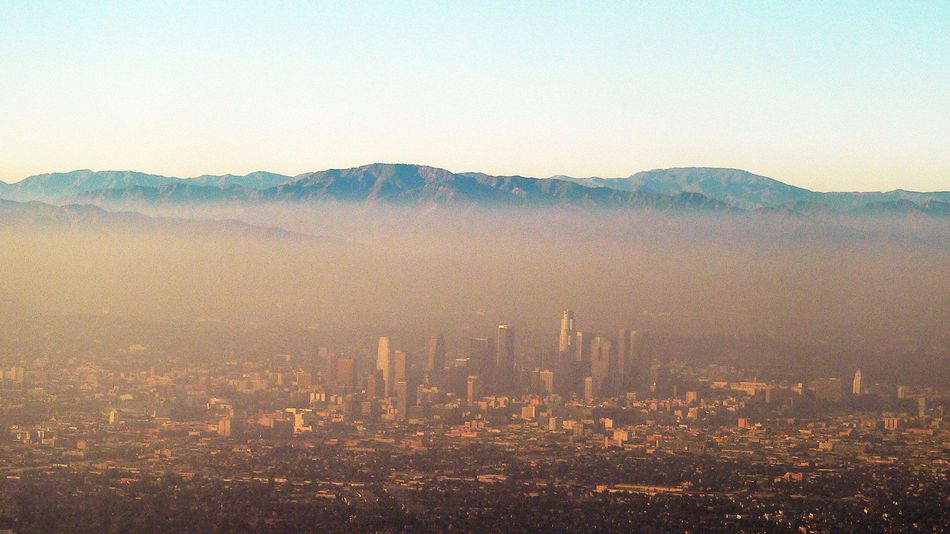
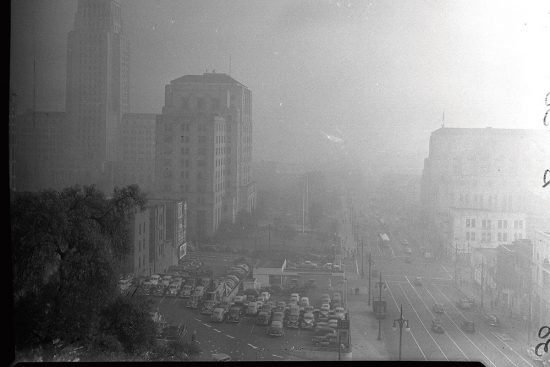


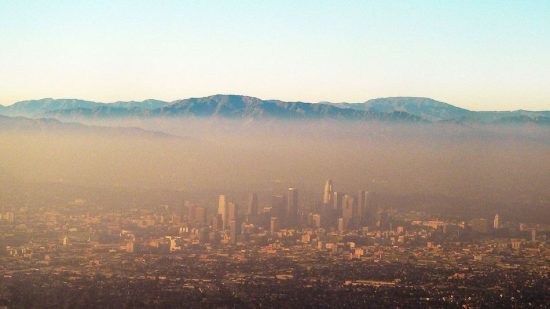
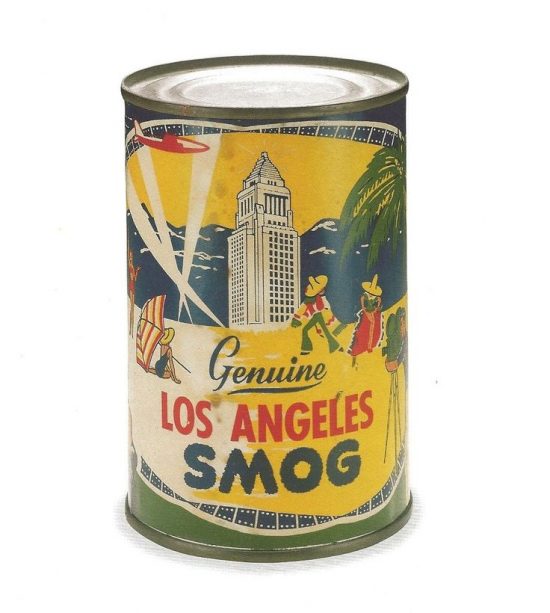
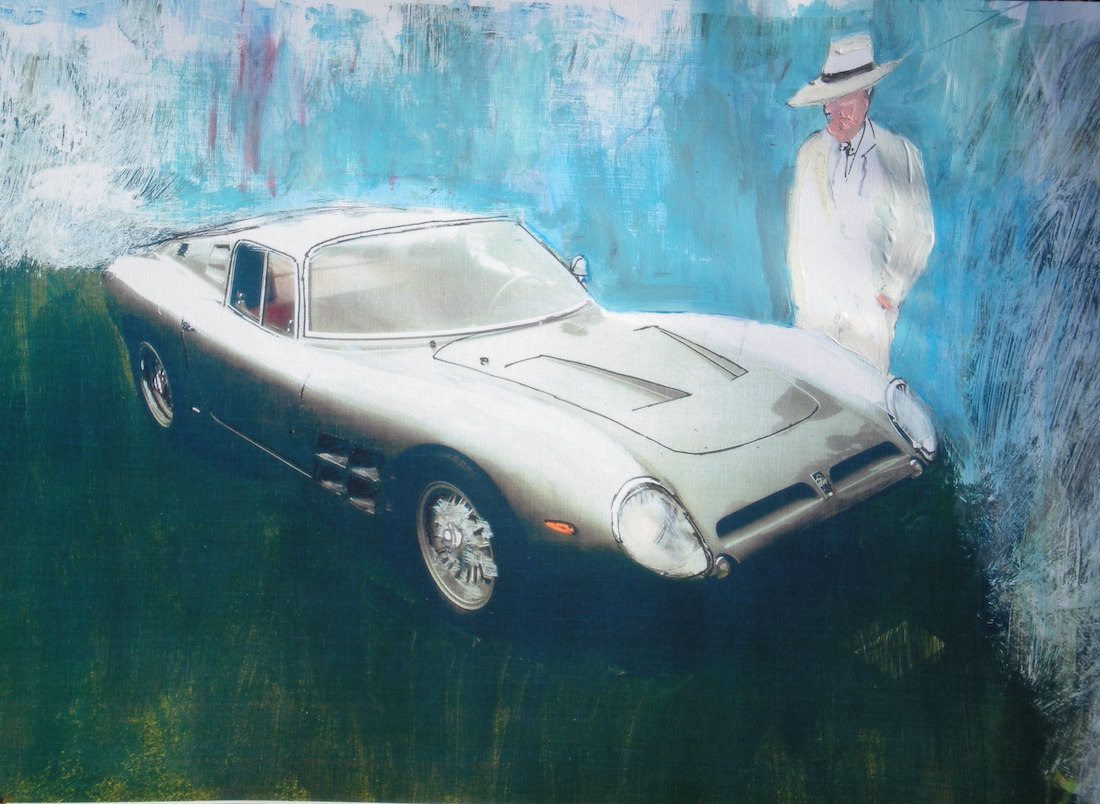

In 1967, when visiting LA from Miami for the first time, I could not believe how irritated my eyes were from the pollution.
Moving to the LA area in 1974, I was surprised how clean the air had become, esp. with the increased population.
It seems that this current administration would like for us to have coal burning automobiles.
Heaven help the fools.
You’re spot on with this. I remember family trips down to L.A. and wondering why it was always so hazy, with air you could taste (badly). We traveled through Pasadena and couldn’t even see the San Gabriel Mountains. In my college years I went back and it was dramatically different, with distant hills in view and better breathing. And the manufacturers did complain about the rule changes but they responded — and cars are now remarkably good as to emissions and safety. They’ve figured out how to make what we need and want, so why mess with that? If they’re not asking for a regulatory gift, why go there? There are a hundred other things that need fixing first.
You are absuletly right Mike.How to solve problems in the near future,when politicians claim the poluted past as orientation ? Would be phantastic to have more qualified brains in our political constellation – all over the world.
I don’t see a problem. If the air quality is now and has been for a few decades quite acceptable why keep pressing the complications of emissions still farther while we keep getting diminishing and more expensive returns?
Have you tried to purchase an “affordable” car lately, and I don’t mean the cars that many of the readers of this site have shown that they can afford, which the vast amount of the great unwashed out here can only dare think about. Bottom line entry-level cars are around 25-30k and require either 25% down or underwater loads at long-term, or if possible leased.
The only reason that most people can afford a “new” car and even a newer used one is that the financing industry is putting out there loans that go as high as 8 – 10 years this is crazy. The industry pundits are saying that these rates and extended times are going to come back and bite us just like they did when the government forced banks the give out underwater home loans. Banks don’t give loans to those that obviously can’t maintain them unless someone else guarantees the loan which is just what the government did and then basically put FannieMae and freddymac underwater themselves. (TSHF sooner or later with these money problems, as we’ve seen)
The emission standards have done very well as you point out but we are reaching diminishing returns to squeeze in order to get to zero on ICE vehicles.
I understand your concern on their (government) proposal to eliminate the fuel-efficient cars like hybrids and electric vehicles. That is nonsensical, but I also believe the 50% emission cut is fine as are the existing standards.
I believe that those vehicles are the future as they mature, hoping that their battery costs go down and miles traveled go up. At the same time, their purchase costs will realign to what is more acceptable for purchase due to more competition, (he says with little hope).
I purchased my two-year-old ($33k new retail) ’15 Leaf with 17k miles for around 11k, now that’s affordable.
If we make it through the next two-three years perhaps competition will get these vehicle types down to the common guy. This is what needs to be done, but without government interference, big wish there.
Sorry for the “rant” but your concerns are valid and I thought they needed a response. I look forward to others also.
Thank you for your thoughtful comments.
While we have made significant progress since the ’60s the work is not done; we still have air quality problems in the US and the world.
According to the NY Times, “Cars and trucks are currently the largest source of planet-warming emissions in the United States.” They reference this web site – https://www.eia.gov/todayinenergy/detail.php?id=29612
According to The Washington Post, “The work to clean up the country’s air quality, though, is not done. Cars and trucks are still the biggest culprits for ozone and particulate pollution. They reference the EPA web site – https://www.epa.gov/transportation-air-pollution-and-climate-change/smog-soot-and-local-air-pollution
We would not have the hybrid and electric cars we have now if not for the California and US regulations. Sometimes a transition to a new technology needs the help of a thoughtful government, including some funding like rebates and tax incentives to buyers.
Most people don’t realize that the semiconductor industry that we all love and depend on would not exist in its present form without the early funding from the US government through research grants and other funding for military programs.
… would not exist in its present form without the early funding from the US government through research grants and other funding for military programs..
Mike , that is an Epistemological statement. Replacing “would not” with “might’ or “I feel” is more accurate. We will never know the alternative reality.
Industrial /technical innovation, say wind turbines, solar panels GTL (gas to liquid) alt fuel for illustration of the point, would be more robust industries in the U.S. “I feel” not necessarily with USG developmental subsidies, but rather with the competitive burdens of traditional long term subsidization of the Petroleum Industry, as well tax law manipulation that advantageously supports importation of foreign manufactured goods.
As for automotive technology development, ” I feel” it will proceed to the competitive advantage demanded when the consumer Purchasing decision is made.
“We would not have the hybrid and electric cars we have now if not for the California and US regulations.”
I feel hybrid cars were/are more a niche developmental inevitability related to the incremental evolution of both battery and DC motor technology. None the less they have their own complications and may have peaked in the value calculus vs IC engine cars.
That said, with all the enthusiasm for EV’s, batteries or their alternatives (superconductors, fuel cells etc) have a looong way to go before they are energy density/ convenience competitive with liquid fuels.
As well the higher level notion of batteries being “clean energy” is more a marketing bromide than a quantitative assessment of the energy balance when one includes the coal fired /nuke power plants that are behind the curtain.
“but rather with”=without
The EPA/ Government/ CARB’s problem is that they always want 99.99% attainment. That last 5% attainment always costs billions of dollars. IMO the better solution is to seek 90-95% of the attainment and then move on to the next area of concern. Like Jets.
Good example is the VW diesel ordeal, notice the the government never told you how far off the attainment VW was, just that they didn’t meet the standard. VW could have been only 1-2% off but they are considered “Polluters”. Considering that those cars got 45 MPG it’s a good trade off.
The government always wants to kill the fly with a hammer.
Hydrogen electric hybrids are the solution but there is no infrastructure built.
Looking to purchase vintage Smog in a Can